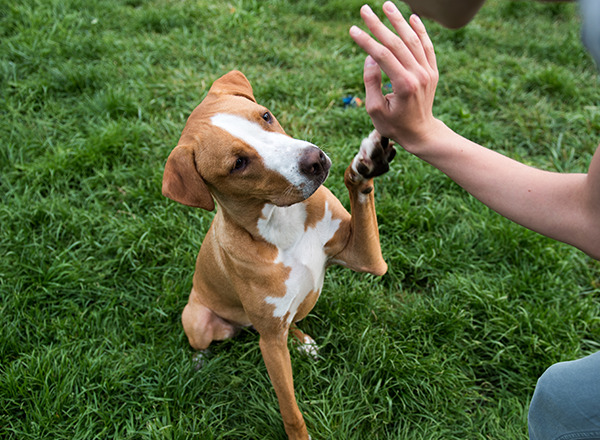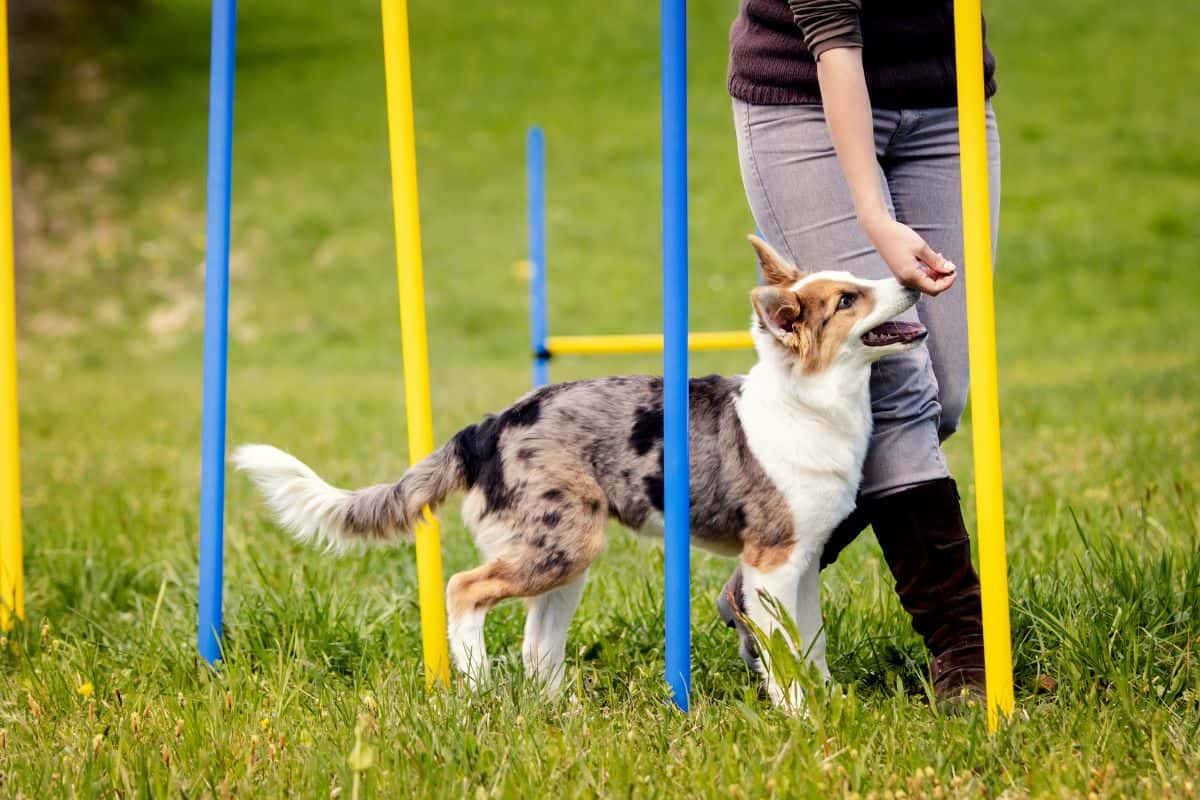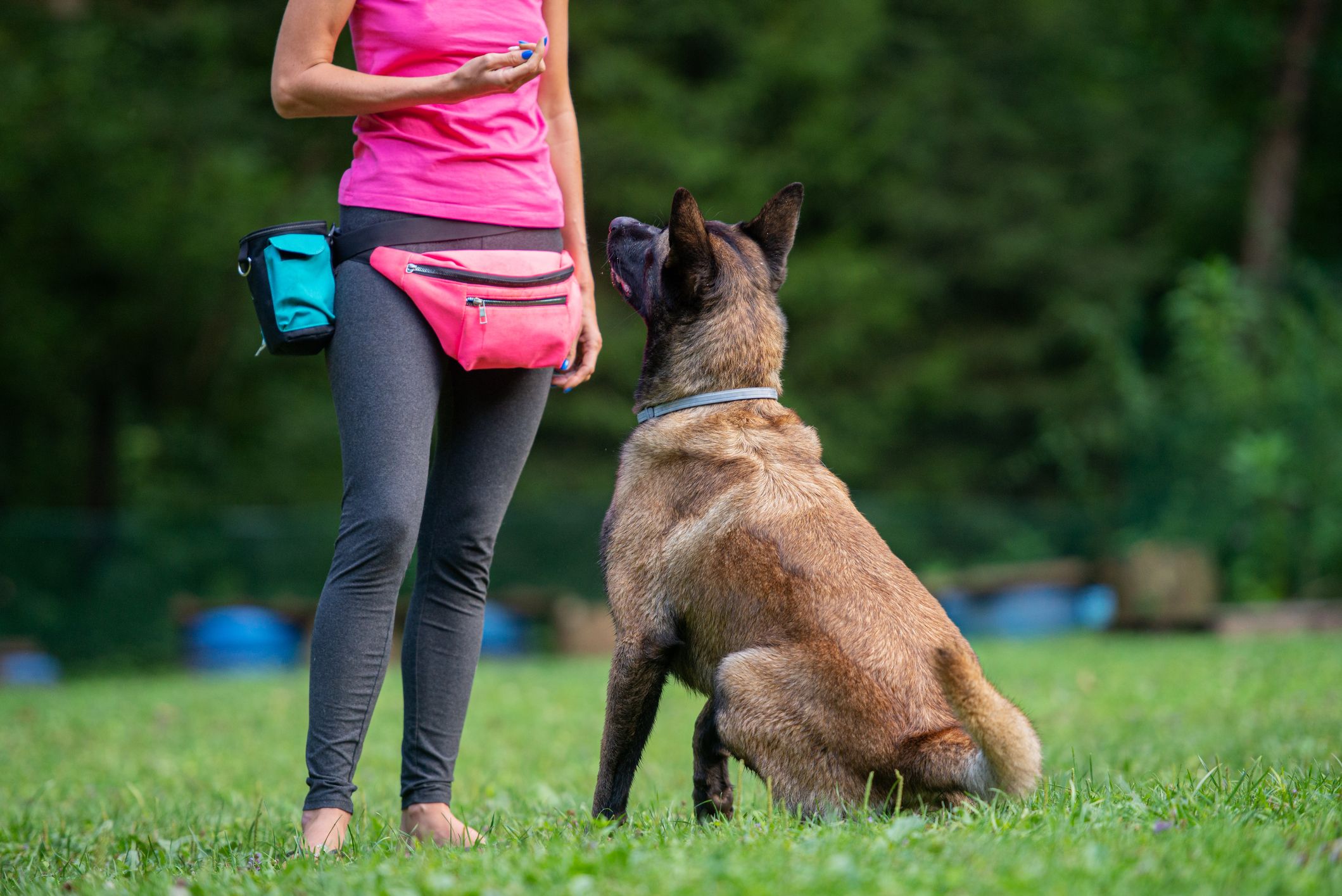Change Your Animal with These Expert Dog Training Tips
Change Your Animal with These Expert Dog Training Tips
Blog Article
Important Tips for Successful Dog Training: A Guide for Animal Owners
Efficient pet dog training is a multifaceted procedure that needs a tactical strategy customized to both the family pet's temperament and the proprietor's goals. Recognizing exactly how to navigate these barriers can considerably enhance the training experience, eventually transforming the partnership between proprietor and canine.
Comprehending Dog Habits
Understanding pet dog behavior is important for effective training and promoting an unified connection in between canines and their proprietors. Dogs connect primarily with body language, articulations, and actions, making it critical for owners to interpret these signals accurately. Recognizing a pet dog's posture, tail setting, and ear orientation can provide insights right into its mood. For instance, a wagging tail does not constantly suggest joy; it can also signal enjoyment or stress and anxiety.

Socializing plays a considerable duty in pet behavior; exposure to numerous atmospheres, individuals, and various other animals can considerably impact a canine's temperament. Furthermore, factors such as type attributes and individual character ought to lead training approaches, as some types may have certain behavior attributes that demand tailored strategies. By comprehending these elements, owners can develop a supportive setting that motivates favorable habits, resulting in effective training results and a much deeper bond with their pet dogs.
Establishing Regular Commands
Reliable communication with your pet begins with developing constant commands. This fundamental aspect of training is essential for cultivating understanding in between you and your family pet. Uniformity in the commands you utilize makes certain that your canine can dependably link particular words or expressions with the desired habits.
When picking commands, choose clear, distinctive words that are easy to state and differentiate from one an additional. Prevent making use of similar-sounding commands that might confuse your canine. Making use of "rest" and "remain" is suitable, however "rest" and "struck" can lead to misconceptions.
Additionally, preserve the exact same tone and quantity for each and every command. Canines are delicate to singing cues, so varying your tone can create confusion.
It is equally essential to guarantee that all relative are on the exact same web page concerning the commands utilized. A united front in command usage will avoid blended signals and enhance the learning procedure.
Positive Reinforcement Methods
The power of favorable reinforcement in pet dog training lies in its ability to urge preferred behaviors via benefits and praise. This strategy is grounded in the concept that habits followed by favorable results are more probable to be repeated. By including positive support into your training regimen, you can effectively form your canine's actions in a constructive fashion.
To carry out positive support, it's necessary to identify what inspires your pet, whether it be treats, playthings, or verbal appreciation. When your dog carries out a desired action, such as remaining on command, right away reward them with a treat more helpful hints or love. This association in between the command and the positive result reinforces their understanding.
It's important to timing the benefits properly; supplying the support within seconds of the wanted behavior helps your canine make the link (dog training). In addition, consistency is crucial-- guarantee that all member of the family use the exact same commands and reward systems to stay clear of confusion

Progressively, you can decrease the regularity of deals with as your dog learns the habits, transitioning to commend or recurring rewards. This method not only promotes a solid bond in between you and your canine yet additionally promotes a positive learning environment, making training a satisfying experience for both.
Socialization and Communication
Continually revealing your dog to a range of atmospheres, individuals, and various other animals is crucial for their social development. Socializing ought to start early, ideally during the essential window of 3 to 14 weeks, when puppies are most responsive to brand-new experiences. Older pet dogs can additionally benefit from continuous socializing efforts.
Introduce your canine to different settings, such as you can find out more parks, pet-friendly stores, and metropolitan locations. This exposure assists them adapt to numerous stimuli, lowering stress and anxiety and concern reactions. Motivate positive communications with other dogs and people, making certain that these experiences are controlled and risk-free to cultivate confidence.
Make use of organized playdates with genteel pet dogs, as this can boost your canine's social abilities and instruct them ideal actions. Obedience courses and training sessions likewise offer excellent possibilities for socialization, permitting your pet dog to connect with others in a supervised environment.
Screen your dog's body movement during communications, as this will certainly help you assess their comfort degree. Progressively increase direct exposure to even more tough circumstances while guaranteeing that view website each experience is favorable. A well-socialized pet dog is a lot more likely to show well balanced habits, making them a delight to have in any type of setup.
Dealing With Common Training Challenges
Every dog proprietor will certainly encounter training difficulties at some point, no matter their dog's age or socialization degree. Determining common concerns such as stubbornness, interruptions, and fearfulness can assist in developing effective approaches for enhancement.

Disturbances throughout training sessions can thwart emphasis. To fight this, start training in a quiet setting with marginal stimulations. Progressively present disturbances as the pet comes to be extra skilled in commands. Short, constant training sessions are also efficient in preserving focus.
Terror can prevent a pet dog's discovering procedure. Progressive desensitization to the source of fear, coupled with favorable support, can aid relieve anxiety. Patience is vital; never ever require a dog into a circumstance that causes distress, as this might worsen the issue.
Eventually, understanding and addressing these typical obstacles with an organized strategy will certainly cultivate a much more effective training experience, enhancing the bond between dog and proprietor while promoting efficient understanding.
Verdict
In recap, successful dog training depends on a detailed understanding of canine habits, the establishment of consistent commands, and the application of positive reinforcement strategies. Socialization plays a critical role in developing well-adjusted family pets, while dealing with typical training challenges requires patience and flexibility. By executing these essential methods, pet owners can cultivate a strong bond with their canines and promote preferable behaviors, eventually bring about an unified relationship between human beings and their canine companions.
Comprehending pet behavior is essential for efficient training and cultivating a harmonious relationship between canines and their proprietors.Socialization plays a substantial duty in dog behavior; exposure to different atmospheres, individuals, and other pets can substantially influence a pet dog's temperament.The power of positive support in pet dog training lies in its capacity to urge preferred actions via incentives and appreciation. By including positive reinforcement into your training regimen, you can successfully form your canine's habits in a useful way.
In recap, effective pet dog training counts on an extensive understanding of canine habits, the establishment of consistent commands, and the application of positive support strategies.
Report this page